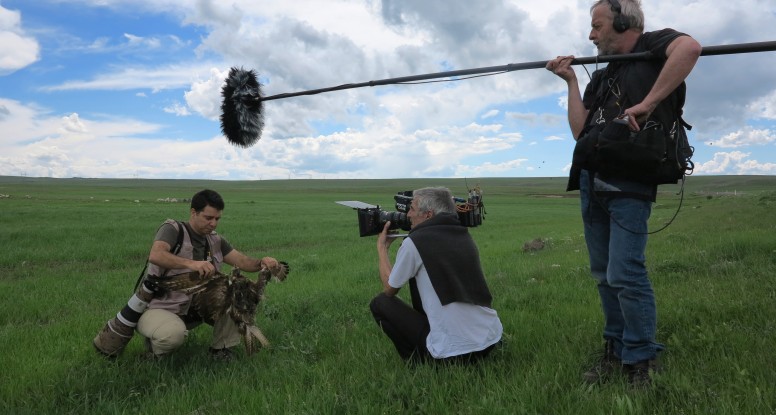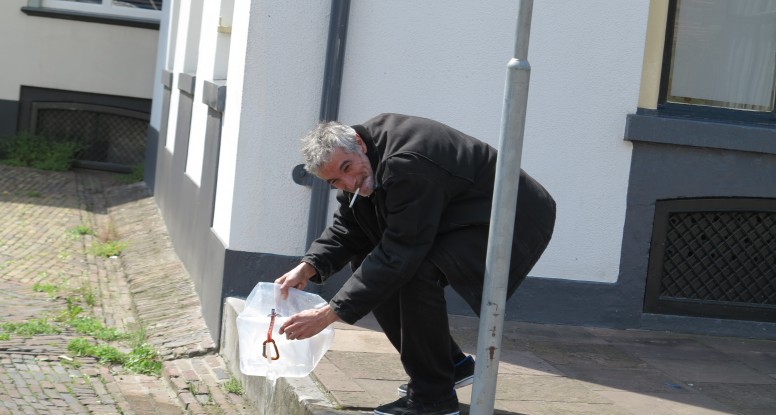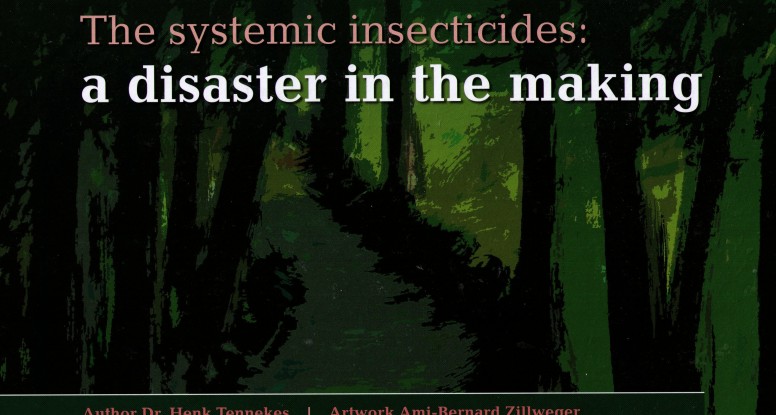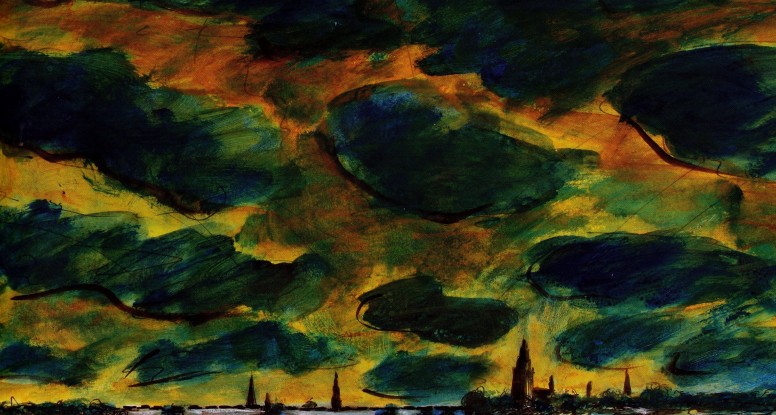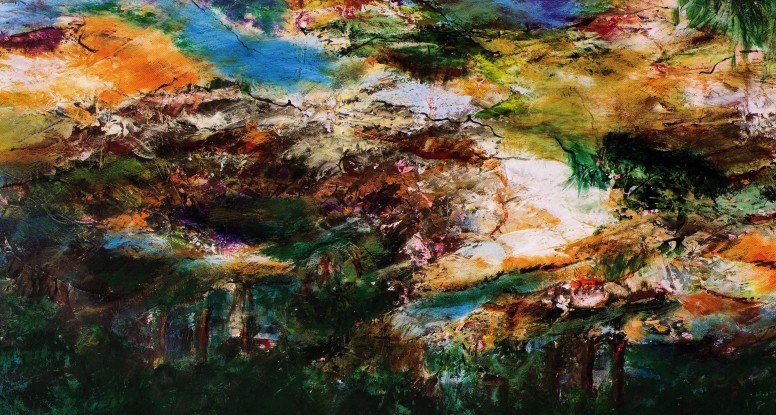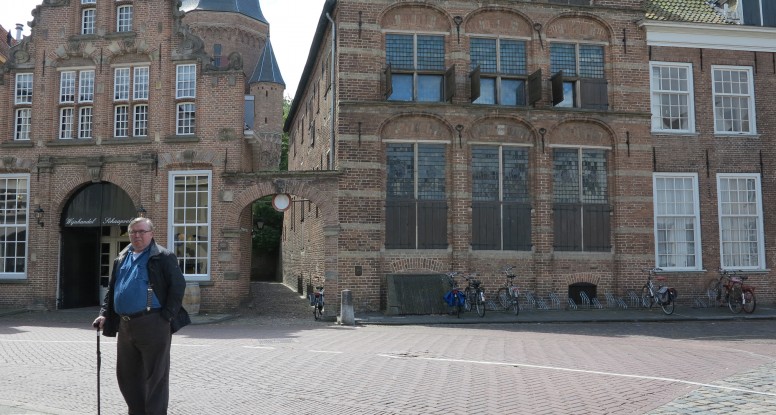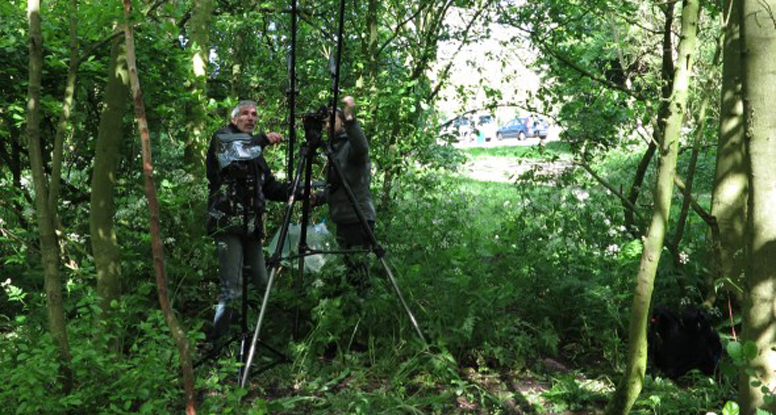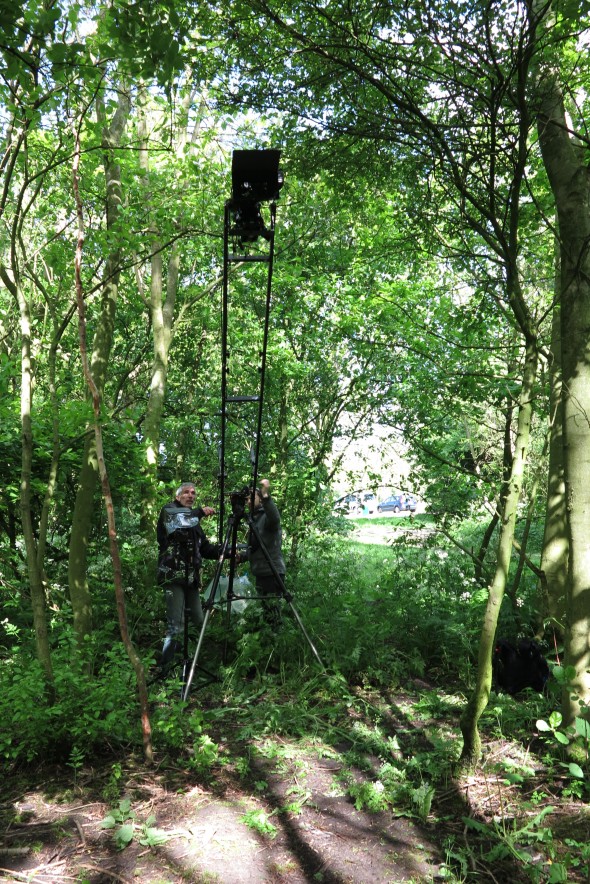May 27. 2013 Kars Turkey
Çağan and road kill Near Kars Turkey
Dr. Çağan H. Şekercioğlu is a conservation ecologist at the University of Utah, but it’s his field-work in his native Turkey that got us excited about including him in SongbirdSOS. Our trip to film with him near Kars was C R A Z Y. Cagan certainly is a guy on the go – a force to be reckoned with. We had just met and we were traveling with him in our rented mini van and he suddenly demanded that we stop immediately! He jumped out of the car, grabbed his camera, and began photographing. He had spotted a rare Egyptian vulture. (This is a man who has a bird list nearly 600 species long). The vulture was circling road kill. The road kill being another bird. So we all jumped out filmed him telling us this story.

